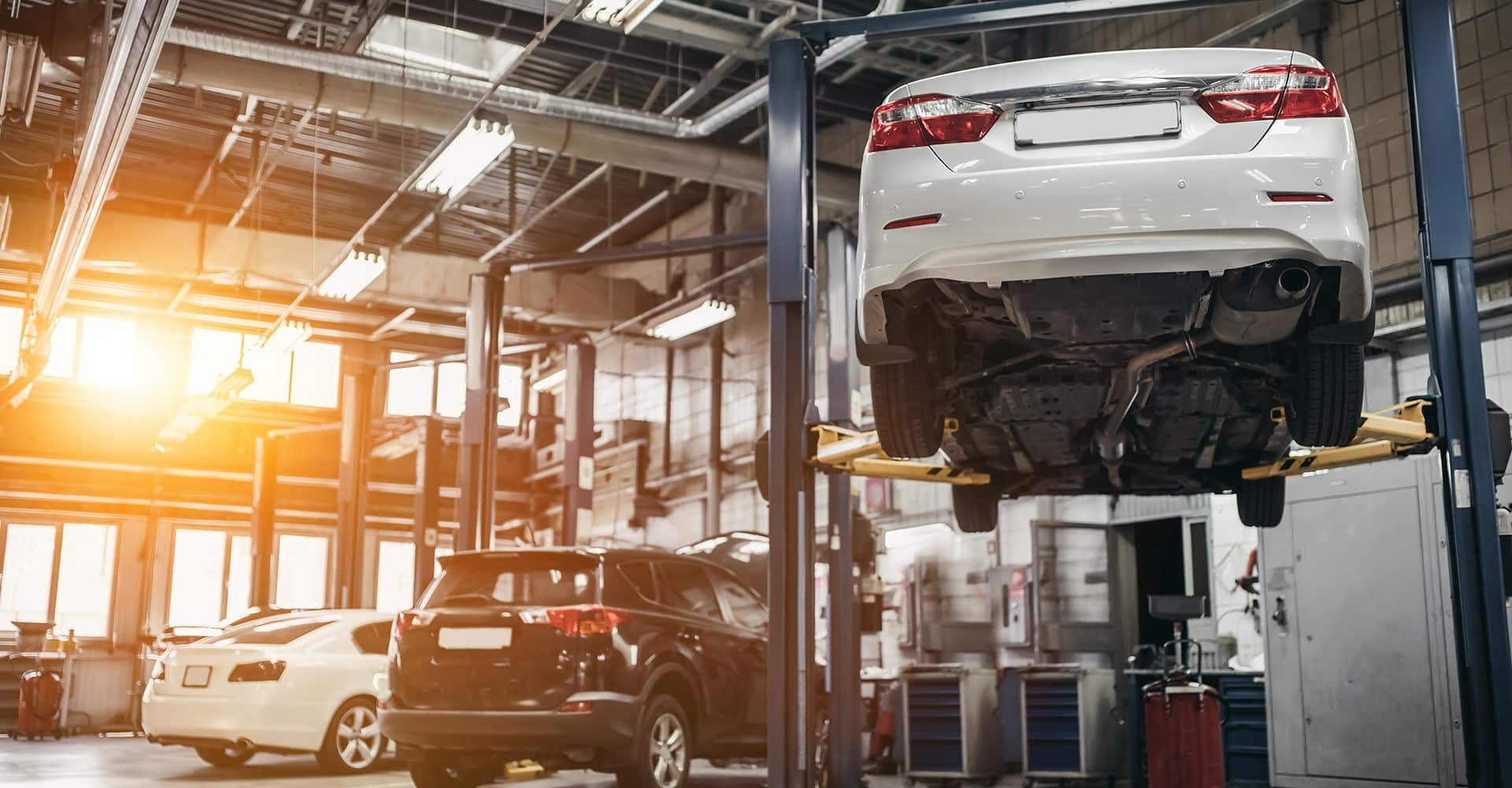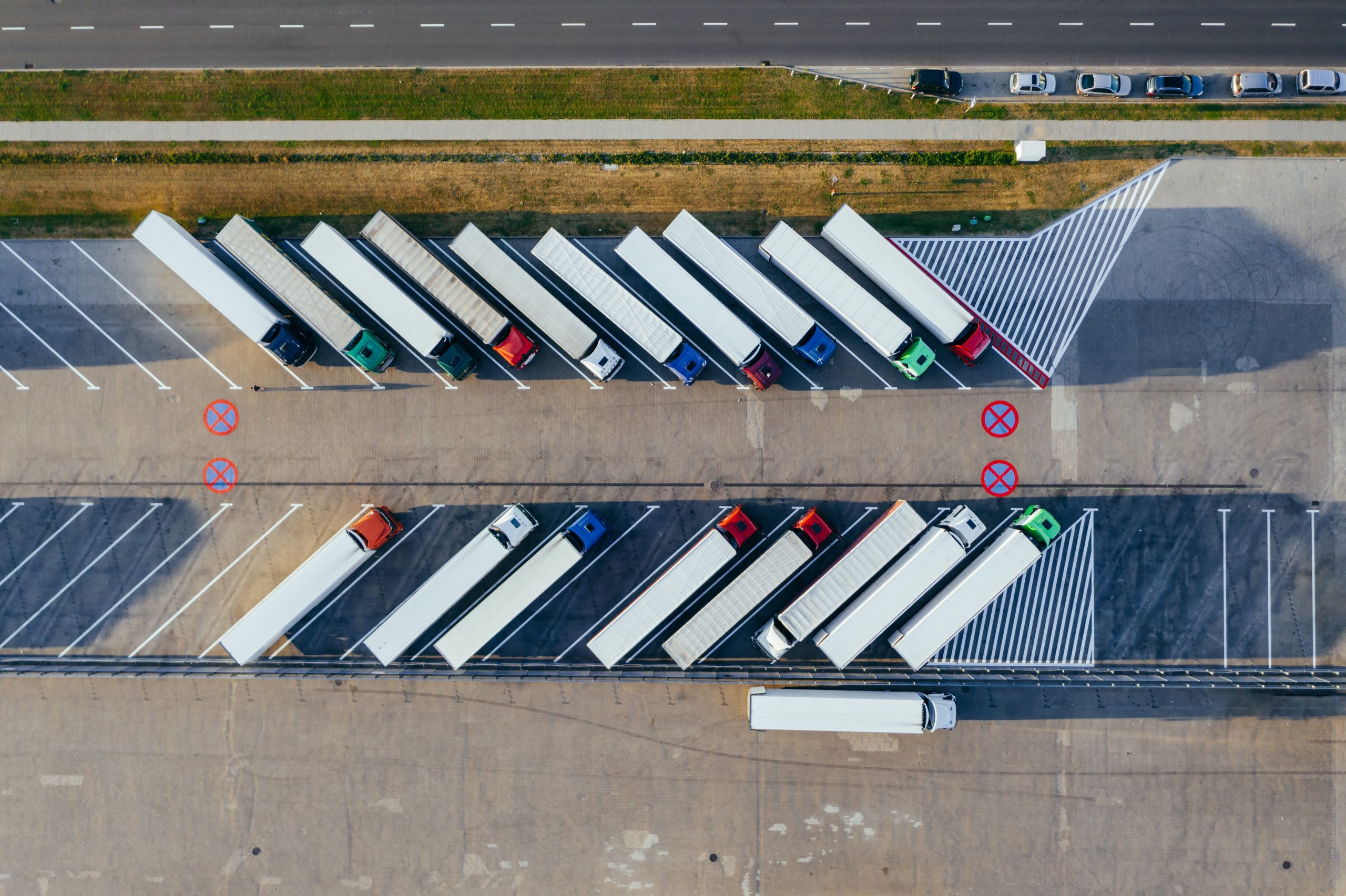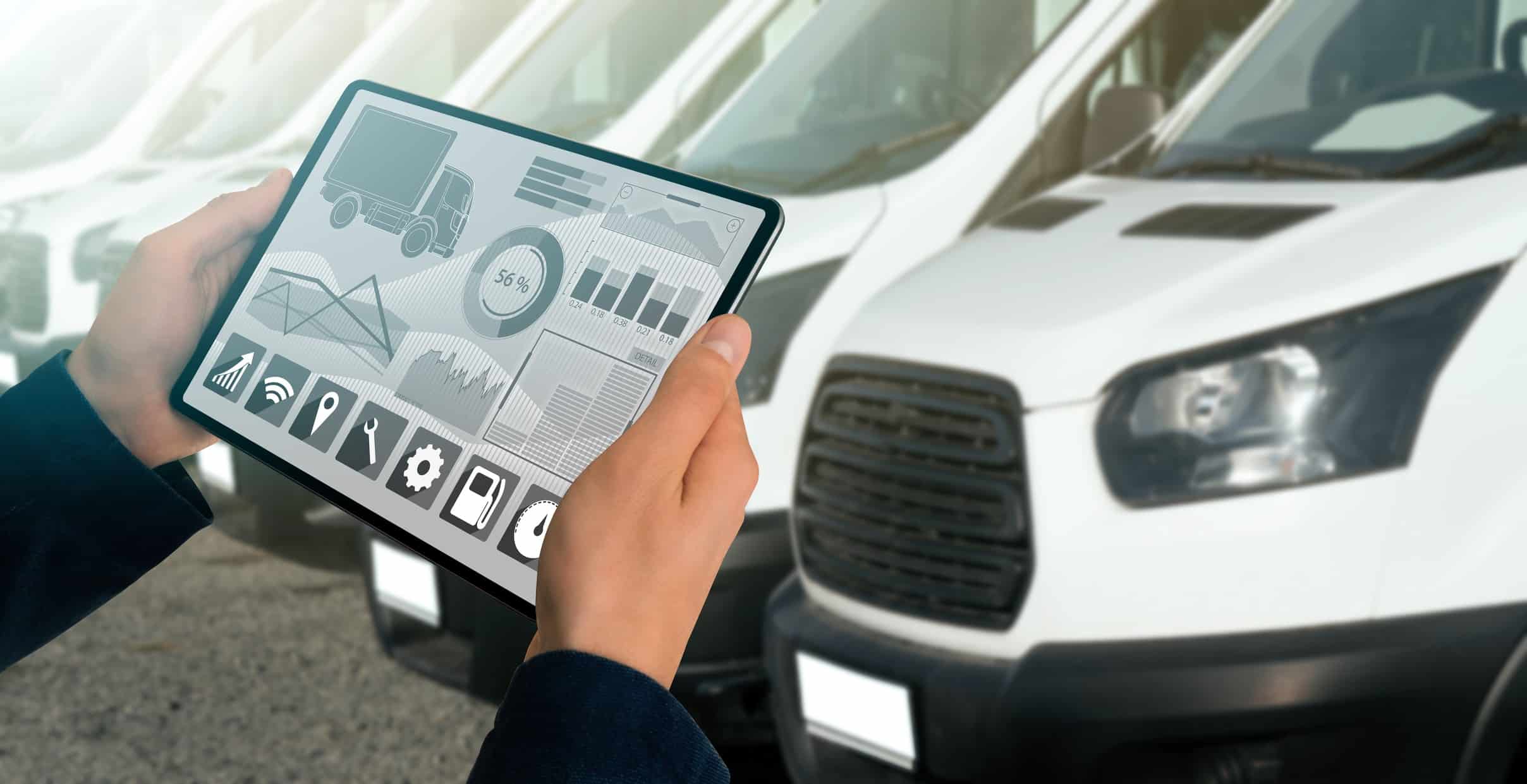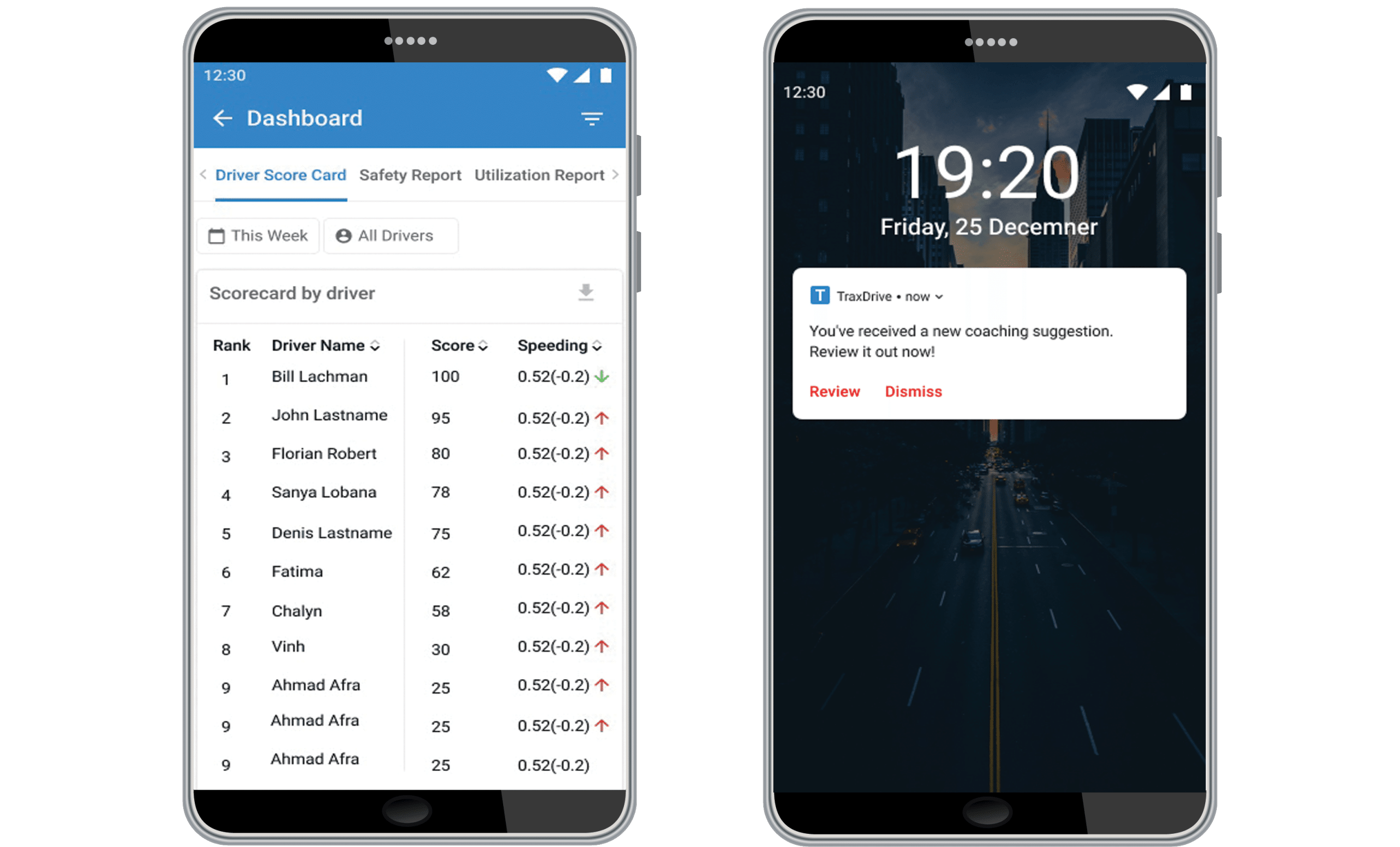It's no secret that fleet maintenance is essential to the operation of any fleet. It serves the pivotal function of addressing its overall state and is key to ensuring that vehicles are on the road and making money as much as possible. But that's not to say all ways of performing fleet maintenance are the same - there are definitely...
Frequently, commercial fleets tend to get stuck with maintenance inefficiencies, simply because it’s “easier” than trying something new. With an exponential increase in maintenance expenses paired with advances in fleet connectivity, now is the time to think about upgrading your fleet maintenance strategy. What is Fleet Maintenance? Fleet maintenance keeps your vehicles operating in good condition so that they remain...
The logistics industry is a vast ecosystem of supply chains, software, and services that work in unison to deliver goods to customers as quickly and cost-effectively as possible. From the ongoing demands of inventory management to data security and risk assessment, this industry demands constant vigilance. These struggles can be mitigated with efficient and effective fleet management. Below, we’ve listed...
Commercial fleet managers face all the same problems as those in professional management—directing and coordinating people, talent and assets, while simultaneously trying to save money for the parent company. When your employees are on the road, there can be additional fleet management challenges in the logistics industry. That's a lot to juggle effectively; when your employees are most often on...
Effective fleet management provides organizations with real-time visibility into their logistic operations and increases efficiency through vehicle routing and accurate reporting. Fleet maintenance management software paired with vehicle telematics can help support your day-to-day transportation needs while providing an overview of your business. Below is a beginner's guide to fleet management. What Is Fleet Management? Fleet management has gained popularity...
Maintaining an efficient fleet management system is key to keeping your vehicles on the road and your business running smoothly. From fuel efficiency to vehicle wear and tear, there are so many variables to consider that the maintenance of your fleet can seem daunting. However, by regularly monitoring the metrics offered by key performance indicators (KPI), you can quickly identify...
October 5, 2021
Victoria Gole
At its core, the fundamental goal of fleet management software is to ensure the proper utilization and protection of every driver and vehicle. Managers can leverage fleet tracking data to evaluate the demand for vehicles throughout all four seasons, predict growth, and track driver safety. Most important to effective fleet management? Choosing the right software to support their specific industries....
Local government and public works agencies rely heavily on datasets to improve their operations, satisfy their constituents and plan their community more effectively. What typically remains top of mind for most government agencies is the safety and satisfaction of their citizens. To this end, telematics can help achieve these goals by providing visibility into the inner workings of their services...
Major wireless network carriers are in the process of phasing out their 3G networks - commonly referred to as the 3G sunset. This is the period when wireless carriers will shut off their 3G services to make room for upgraded connectivity. When this occurs, all devices that are not 4G (LTE) compatible or higher will no longer receive cellular service,...
In a recent webinar we launched and shared information about the ZenduONE Mobile App and how it can be leveraged by fleets to streamline performance. To briefly recap, ZenduONE is the latest evolution of our streamlined performance and end-to-end business solutions. Users who download the mobile app from iOS or PlayStore can access all of the digital business solutions while...









